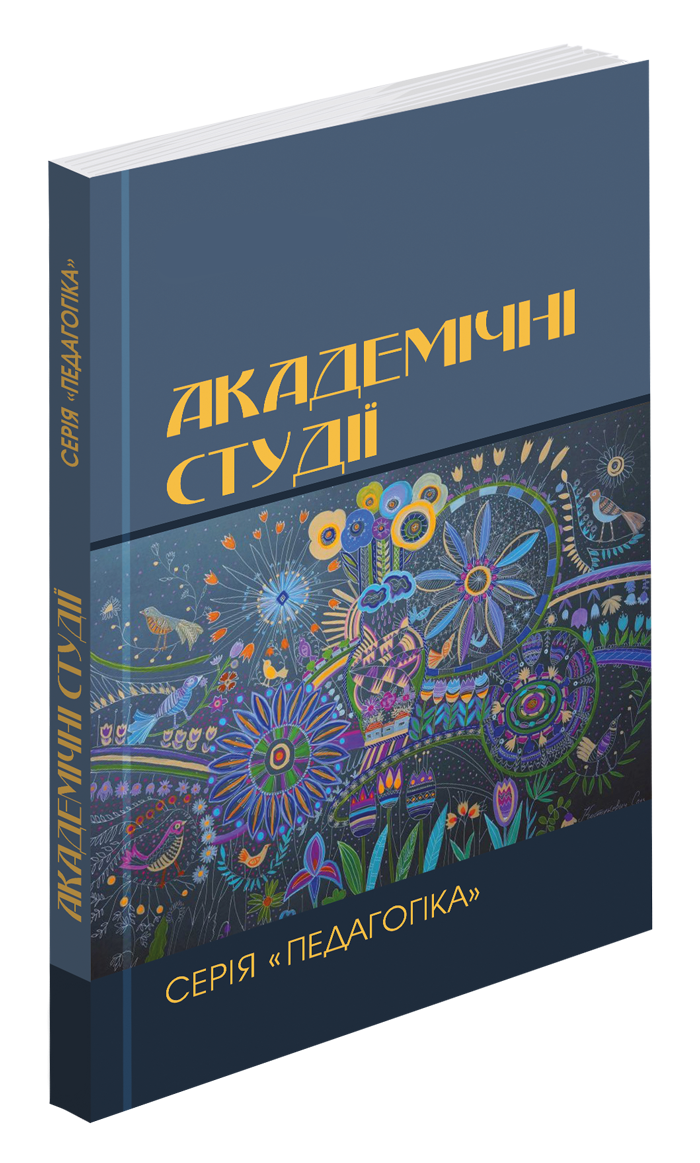Abstract
This article focuses on the content of artwork for preschool children and the implementation of educational tasks by the teacher in this context. It emphasizes that today, handicraft is considered not only as a means of developing fine motor skills, but also as an important tool for forming children's object-practical, technological, and artistic-creative competencies. Artistic labor combines labor (work, actions, production) and aesthetic (pictorial, fine art, decorative) activities, therefore, the preschool education teacher must successfully use these opportunities.It is emphasized that the content of artwork with preschool children is realized through the assimilation of ideas about its types, understanding the possibilities of artistic and productive activity; mastering the skills of fine, decorative, constructive activities; improving artistic and creative abilities; acquiring experience in elementary artistic and ethical evaluation of the environment and works of art. In general, handicraft is aimed at developing children's artistic perception and practical skills. Children work with a variety of materials and tools, creating useful and beautiful products for games, holidays, and everyday life.It has been proven that engaging in artwork in a preschool education institution involves the teacher performing the following tasks: expanding children's knowledge about the environment and work, developing intelligence; forming labor, technical and artistic skills of working with available resources; teaching planning, organizing and evaluating work; enriching the emotional sphere and aesthetic feelings; cultivating moral and aesthetic values; introducing national and world culture; improving creative abilities. To do this, he can use the following forms of work: classes of various types, orientations, themes; excursions; exhibitions, festivals, fairs, children's work competitions; art projects, art weeks, etc.
References
Базовий компонент дошкільної освіти (Державний стандарт дошкільної освіти): нова редакція. Наказ МОН України № 33. від 12.01.2021. URL: https://mon.gov.ua/ua/osvita/doshkilna-osvita/bazovij-komponent- doshkilnoyi-osviti-v-ukrayini
Бєлєнька Г. Зростання дошкільника в праці : наук.-метод. посіб. Київ: Шкільний світ, 2010. 112 с.
Гарашенко Л., Літіченко О. Художня праця як засіб формування предметно-практичної компетентності дітей дошкільного віку. Освітологічний дискурс. 2019. № 3–4 (26–27). С. 110–120. DOI: https://doi.org/10.28925/2 312-5829.2019.3-4.110120
Калуська Л. Художня праця у дитячому садку: конспект лекцій. Київ: ІСДО, 2005. 72 с.
Матвієнко С. Художня праця та основи дизайну : навч. посіб. Ніжин: Вид-во НДУ ім. М. Гоголя, 2016. 201 с.
Микуліна А., Михайлова К. Художня праця як засіб формування у дошкільників природничо-екологічної, предметно-практичної та технологічної компетентностей. Актуальні питання гуманітарних наук. 2024. Вип. 74, Том 2. С. 171–177. DOI: https://doi.org/10.24919/2308-4863/74-2-26
Програма художньо-естетичного розвитку дітей раннього та дошкільного віку «Радість творчості» / Р.М. Борщ, Д.В. Самойлик. Тернопіль: Мандрівець, 2013. 72 с.
Формування художньо-продуктивної компетенції дітей дошкільного віку: метод. посіб. / упоряд. Т.М. Корж, М.Д. Нельзіна, А.М. Батуринець. Біла Церква: КВНЗ КОР «Академія неперервної освіти», 2016. 113 c.
Швайка Л. Організація трудової діяльності в дитячому садку. Харків: Вид. група «Основа», 2008. 187 с.

